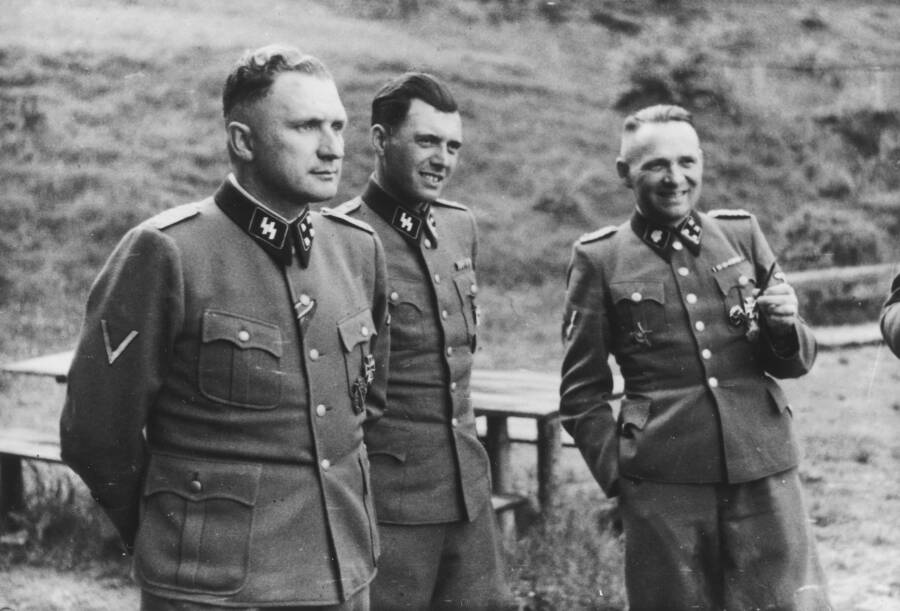What happened on this day in history: Queen Victoria is born, the Brooklyn Bridge is opened, and more of the most momentous events that occurred on May 24th.
1543: Nicolaus Copernicus Dies
Nicolaus Copernicus dies in present-day Frombork, Poland, at the age of 70. The first modern European scientist to correctly propose that the Earth revolved around the Sun, the Polish astronomer also hypothesized that the Earth turns once daily on its own axis. His work Six Books Concerning the Revolutions of the Heavenly Orbs came out the year of his death, perhaps sparing him the wrath of the Catholic Church due to his “heretical” ideas.
1819: Queen Victoria Is Born

Public DomainA lithograph of Queen Victoria made in 1840, a few years after she became queen.
Queen Victoria is born at Kensington Palace in London. The only daughter of Edward, Duke of Kent, the fourth son of King George III, Victoria became the unlikely heir to the throne after her three uncles died without legitimate surviving children. After becoming queen at the age of 18, she reigned for 63 years and seven months.
Hers was the longest reign of any British monarch until she was surpassed by Queen Elizabeth II in 2015. To this day, Victoria’s reign is remembered as an unparalleled period of economic, scientific, and technological advancement in British history.
1883: The Brooklyn Bridge Opens
The Brooklyn Bridge opens to great fanfare, connecting Brooklyn and Manhattan across the East River. The longest suspension bridge of its day, it took 14 years to complete. Its opening ceremony attracted thousands of New Yorkers as well as President Chester A. Arthur. A National Historic Landmark, the Brooklyn Bridge stands as a widely celebrated achievement of engineering nearly 150 years after its opening.
Listen above to the History Uncovered podcast, episode 71: History Happy Hour, May 2023, also available on Apple and Spotify.
1943: Josef Mengele Arrives At Auschwitz

Public DomainJosef Mengele, center, at Auschwitz in 1944.
Nazi doctor Josef Mengele arrives at the Auschwitz concentration camp. Called the “Angel of Death,” Mengele conducted a number of twisted experiments on prisoners, including injecting lethal chemicals into living subjects and conducting gruesome mutilations of twins. He managed to flee Germany after World War II and drowned in Brazil in 1979 following a stroke.



